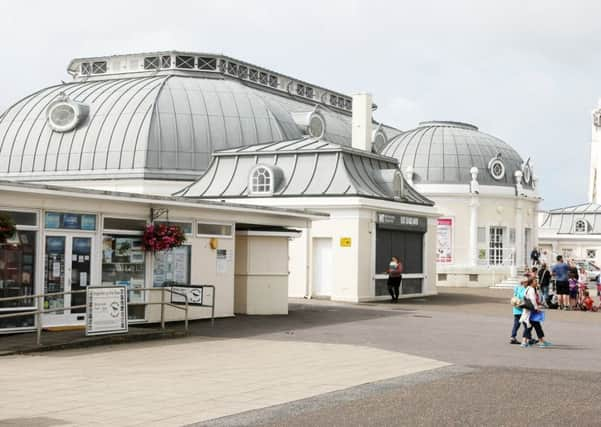COMMENT: Town hall avoiding difficult questions and debates over theatres you pay for


A tenth of this year’s budget will go to housing, while our parks and cemeteries will get 16 per cent of the pot. At number one, though, is our taxpayer-funded theatres – expected to account for 18 per cent of spending in the coming year.
At a time when councils are facing savage cuts to grants from central government, debate over how much our theatres should cost residents is unlikely to cease.
Advertisement
Hide AdAdvertisement
Hide AdThe issue has been a political hot potato for years, with historic headlines reporting six-figure budget overspends. Now, just as council tax demands were posted, the town hall issued a timely press release, proudly announcing how every pound of their investment returns more than £7 into the local economy Click here for more information.
The research gets top billing in the council tax graphic, with two key headlines printed. But this pie chart omits a key word: ‘estimated’.
Drill down into the specifics and you find a report with assumptions, using a study from 2004 and models based on other Sussex theatres. Consultants were not asked to speak to local businesses, despite traders compiling research that could have proved useful and maybe even bolstered their case. Without detailed local data, residents may question the reliability of the figures.
We asked the town hall several questions about this report. Many remain unanswered. Quick to trumpet the news it thinks you need to know, the council should be equally swift to answer the difficult questions.
Advertisement
Hide AdAdvertisement
Hide AdTheatres are a valued asset – but this report appears to be a half-hearted attempt to justify their seven-figure outlay, rather than a useful part of a meaningful and wider debate over the taxpayers’ long-term role in their funding.